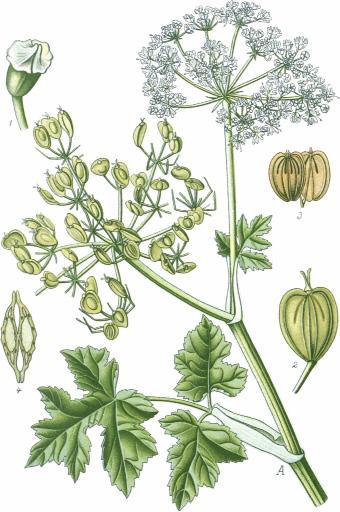COWDRAY FORAGING
Wild Guide No.1
SPRING

This guide is to help you on your foraging journey. George will be guiding you on a walk that will open your eyes to a wonderful new world of edible and medicinal plants.
This booklet contains illustrations and descriptions that we would like you to use as a quick field guide detailing each species distinguishing features, edibility and things to watch out for.
Latin name
Urtica dioica {Urticaceae (nettle) Family}.

Description
Thought to be introduced by the Romans, this common herb has a wealth of modern uses ranging from gourmet dishes, nutritional supplements and practical applications like cordage.
Edibility
The choicest part is the top 4 inches of the plant, cooked like spinach. The seeds are also edible and have great protein and other medicinal benefits.
Available
Leaves can be found all year round. Seeds generally available July–Sept.
Possible confusion
Dead nettles: These closely resemble this plant however they don’t have stings and have square stems (Dead nettles are non-toxic but not highly prized as food).
Caution when picking:
Use gloves when picking to avoid stings. Harvest the tops of the plant and do this before it flowers as once flowers have formed the plant can contain properties that make it not ideal for consumption.
hogweed, cow parsnip
Latin name
Heracleum sphondylium sibiricum {Umbelliferae (carrot) Family}.

Description
This common hedgerow plant is a pot herb and grows from a large tap root. This allows the plant to be cut back throughout the year to produce new shoots.
Edibility
The choicest part is the unfurled new stems (tastes like asparagus) and the unopen flower heads (broccolis) although all parts can be eaten cooked including the root. Seeds are also used as a spice (taste of cardamom).
Available
All year - young shoots Feb–June.
Possible confusion
Other members of the Carrot Family (like Giant Hogweed). Identifying features of this species include its hairy stems, its 3-5 lobed leaves (see drawing), also each leaf stem should have a groove in the stem.
Be aware
Giant Hogweed could closely resemble this plant however it is hairless and much larger (flower heads can be as big as dust bin lid!) and have much sharper and pointed lobed leaves.
Latin name
Aegopodium podagraria {Umbelliferae (carrot) Family}.
Description
Thought to be introduced by the Romans as a pot herb for its parsley flavor, this plant grows in large patches and is very vigorous. Growing from rhizomes, this plant can create blankets even in wild areas.
Edibility
Best eaten raw is the newly emerged leaf. Although all parts can be eaten cooked, including rhizomes.
Available
Leaves all year, young leaves March–May.
Possible confusion
Other members of the Carrot Family (like hogweed or giant hogweed). Identifying features of this species include its small leaves (5–15cm) toothed, ovate and usually in groups of five. Ground Elder also has a D shaped stem.

Be aware
Some members of the carrot Family are deadly poisonous so be cautious. Familarise yourself with these two plants –Hemlock Water Dropwort and Poison Hemlock, before foraging.
wild garlic

Latin name
Allium Ursinum {Alliaceae Family}.
Description
This plant grows in abundance in moist shady areas normally under trees or along river banks. It grows from a single bulb and sends up its flower head with its second emerging leaf. Starts to die back when average temperatures rise above 15 degrees.
Edibility
All parts can be eaten cooked and raw.
Available
Leaves from Feb–May/June.
Possible confusion
Lily of the Valley and Lords and Ladies has a similar leaf shape when young and are both poisonous, so be aware of these before picking.
Be aware
There have been some reports of poisoning when consuming this plant in large amounts. Also be aware dogs and some other mammals can be poisoned by this plant.

